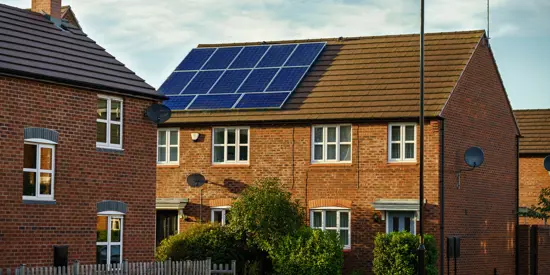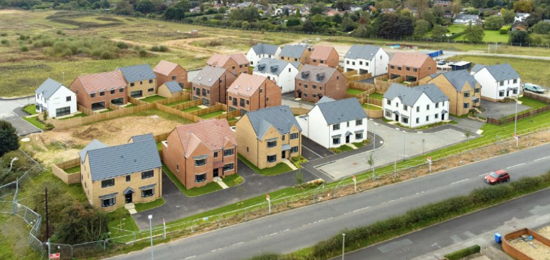Looking at housing through a qualitative lens
The new government, and Housing Minister Robert Jenrick in particular, have a monumental task ahead of them in solving the UK’s deeply entrenched housing crisis.
The pressure is all the greater given that few would bet against the Conservatives being in power for the entire 2020s. The opportunity is theirs, but the scrutiny will be considerably more intense as a result.
In its election Manifesto, the Government states that it is planning to build at least a million homes over the course of the current parliament, and in the areas of the country that really need them.
In order to achieve this, it is aiming (like many administrations before it have aimed, arguably unsuccessfully) to make the planning system far simpler, and quicker, for SME developers to navigate.
Streamlining planning is certainly critical to get housebuilding in Britain on track, and in the volumes that are necessary. Quantity is key.
Building the right homes
But so, too, for the new Government, is quality, at least according to a fascinating interview that the Housing Minister gave to Prospect magazine in December. In other words, not just building more homes but building more of the right homes.
The Government, says Jenrick, is not just targeting volume through “generic housing estates” but homes that are “rooted in a sense of place and identity” and that build on structures that already exist (but are underused or unused altogether).
SME developers should be highly encouraged by this, as they are the ones who, with their local knowledge and understanding of community tone, are best placed to deliver precisely these kinds of properties.
Upcycling real estate assets
Regenerating existing communities, specifically by ‘upcycling’ the property assets that are already there, is what many smaller developers do by default. It’s in their DNA.
In many cases they are not building from scratch but bringing to life – or, as the phrase upcycling suggests, injecting new life into existing infrastructure.
They may not be able to compete with the major house builders in quantitative terms but their ability to look at housing through a qualitative lens has a key role to play in itself.
This kind of development is not just more environmentally friendly, as it uses materials that are already in place, but enhances the unique social fabric of areas by bringing out their historical character.
In that sense, upcycling is a step up on recycling as the benefits are not just physical and environmental but socio-cultural, too. It’s genuinely encouraging that the Government has this subtle but much overlooked difference in its housebuilding roadmap for the decade ahead.


